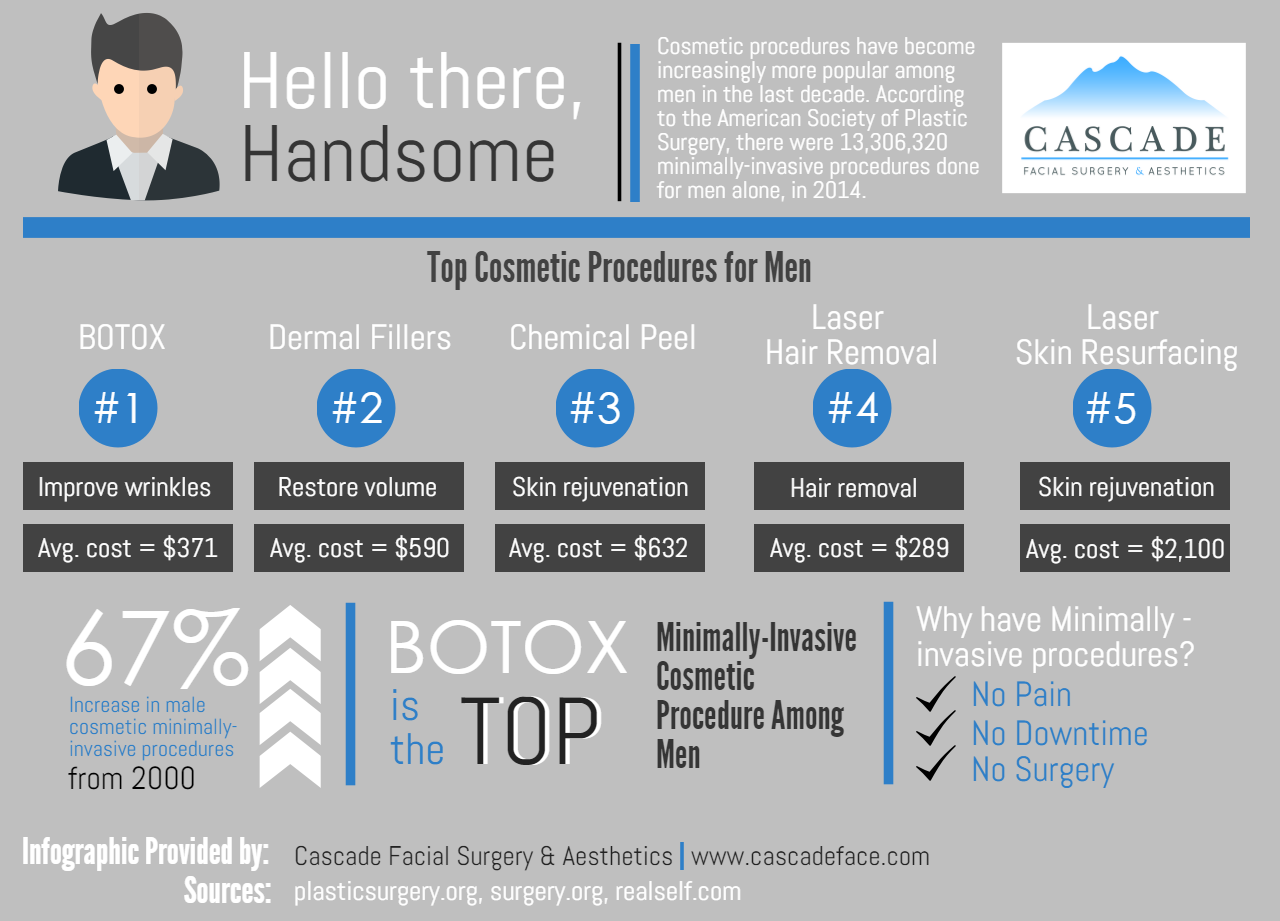Low Dose Isotretinoin Pros And Cons
Low Dose Isotretinoin Pros And Cons
Blog Article
Hormone Acne - What is Hormonal Acne?
Hormone acne is identified by clogged up pores and oily skin that commonly shows up on the chin and jawline. It occurs when hormonal adjustments activate inflammation and bacterial overgrowth within hair roots.
Breakouts may appear as whiteheads, blackheads, papules or pustules and cysts or nodules in much more serious instances. It is extra usual in teens going through adolescence but can impact adults of any type of age.
What Triggers Hormone Acne?
While acne can be brought on by a selection of variables, including using hair and skin care products that aren't oil-free or made with ingredients that can obstruct pores, hereditary predisposition, diet,2 and stress, the root cause is varying hormones. Hormonal acne happens when the body experiences hormonal changes and fluctuations that result in an overproduction of sebum, which causes inflammation, increased growth of bacteria and changes in skin cell activity.
Hormone acne is usually found on the reduced jawline, cheeks and neck yet can show up anywhere on the body. It is identified by imperfections that are cystic, excruciating and loaded with pus or various other product. It is likewise most likely to happen in ladies than guys, especially during puberty, the menstrual cycle, maternity or menopause.
Age
While several children experience acne at some time throughout adolescence, it can continue to afflict adults well into adulthood. Called hormone acne, this kind of outbreak is connected to fluctuations in hormones and is typically most typical in ladies.
Hormonal acne occurs when oil glands generate way too much sebum, which obstructs pores and catches dead skin cells. This results in the development of acnes, such as whiteheads, blackheads and papules, pustules, cysts or nodules, deep under the surface.
This sort of imperfection commonly triggers pain, redness and swelling. It might likewise be cyclical and appear around the very same time monthly, such as right before your duration begins. This is since levels of female hormones like progesterone and oestrogen rise and fall with each menstruation.
Menstrual Cycle
Hormonal acne typically shows up in the lower part of your face, along the jawline and cheeks, as whiteheads, blackheads or inflammatory pimples (acnes and cysts). It's more than likely to appear around the time when your menstruation modifications.
Especially around ovulation, when estrogen and progesterone levels get on the increase, click here hormone variations can trigger breakouts. Yet it's likewise possible to get acne at any kind of point during your 28-day menstruation.
If you discover that your hormone acne flares up right prior to your period, attempt seeing when precisely this happens and see if it connects to the phases of your 28-day menstrual cycle. This will certainly help you determine the origin of your skin difficulties. For example, you might want to work with stabilizing your blood sugar and removing high-sugar foods, or think about a prescription medication like spironolactone that can manage your hormones.
Maternity
Growing a baby is a time of significant hormonal adjustments. For lots of women, this consists of a flare-up of hormonal acne. This sort of breakout typically starts in the first trimester, around week 6. It's caused by hormonal agent surges that boost sweat glands to make more oil, which can block pores and cause even more germs to build up.
Outbreaks may also happen as a result of pre-existing conditions like polycystic ovary disorder, which can also be a concern during pregnancy and menopause. Additionally, some kinds of contraceptive pill (such as Ortho Tri-Cyclen and YAZ) can set off hormone acne in some females.
The good news is, the majority of acne treatments are "no-go" for pregnant ladies (consisting of prominent acne-fighting ingredients such as isotretinoin and spironolactone). However if you can not prevent those annoying bumps, your medical professional may recommend oral erythromycin or cephalexin, which are secure while pregnant.
Menopause
As women come close to menopause, the estrogen levels that created their hormone acne to flare throughout puberty start to stabilize and reduce. At the same time, however, a spike in androgens (likewise known as male hormonal agents) occurs since these hormonal agents can't be exchanged estrogen as effectively as previously.
The unwanted of androgens can set off oil manufacturing by the sebaceous glands, which blocks pores. When the clogged up pores become swollen and aggravated, a pimple kinds.
Hormone acne is usually seen on the face, specifically around the chin and jawline, but it can happen on the neck, back, shoulders, or upper body. This type of acne has a tendency to flare in a cyclical pattern, similar to the menstruation. Stress, which enhances cortisol and tosses hormones out of balance, likewise adds to the breakouts.